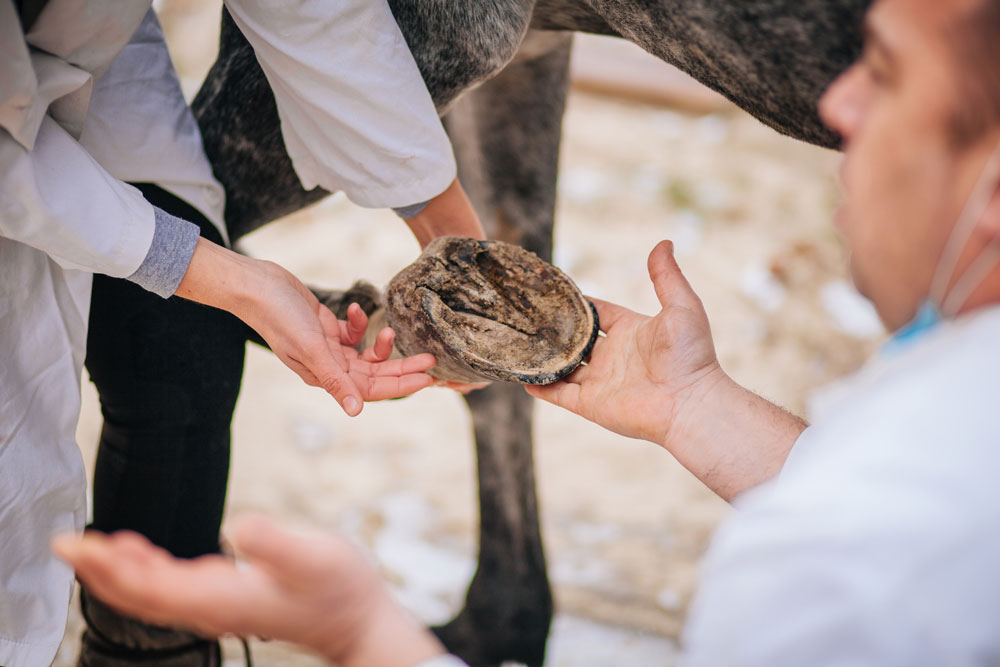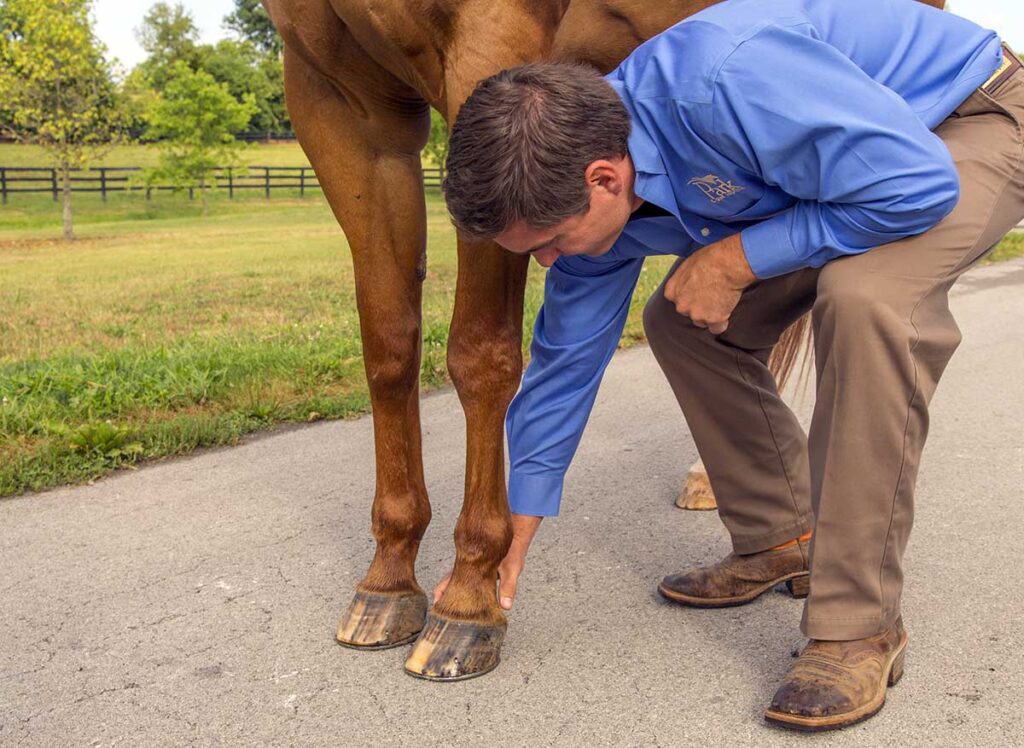
What Part of the Hoof is Affected by a Subsolar Abscess?
Share
The equine hoof is a marvel of nature, designed to support the massive weight of a horse while providing stability and mobility. However, just like any other part of the body, it can be susceptible to injury and disease. One such condition that can be troubling for both the horse and its owner is a subsolar abscess. Understanding what part of the hoof is affected by a subsolar abscess is fundamental for health-conscious pet owners who want the best for their equine companions.
A subsolar abscess typically forms under the hoof wall, specifically beneath the sole or the frog. It results from infection, penetration of debris, or poor hoof care, causing severe pain and limping in affected horses. Recognizing the specific areas affected by this condition is crucial for effective treatment and prevention.

Identifying a Subsolar Abscess: Signs and Symptoms
Horses can be stoic animals, often hiding pain until it becomes unbearable. Thus, recognizing the signs of a subsolar abscess early can make a world of difference. Here are some common indicators:
- Lameness: The most noticeable sign that something is wrong. Affected horses may refuse to bear weight on the affected leg.
- Heat: Increased temperature in the hoof area can indicate inflammation.
- Pulsation: A throbbing pulse can often be felt in the fetlock area, signaling increased blood flow.
- Swelling: Noticeable swelling around the hoof or in the coronet band may be present.
- Behavior Changes: Horses may show signs of discomfort or change in behavior when handled, indicating pain.
Understanding the Anatomy: The Affected Areas
To understand what part of the hoof is affected by a subsolar abscess, one must delve into the intricacies of hoof anatomy. The hoof consists of several parts, including:
- The Sole: This is the bottom part of the hoof that makes contact with the ground. It is usually concave and protects the inner structures of the hoof.
- The Frog: The V-shaped structure located in the middle of the hoof. It plays a significant role in shock absorption and circulation.
- The White Line: The junction between the hoof wall and the sole. This is often where abscesses can form due to penetrative injuries or infections.
A subsolar abscess primarily affects the sole and can extend to the white line or frog if untreated. The infection can create pockets of pus, leading to increased pressure and pain.
Causes of a Subsolar Abscess
Several factors can contribute to the formation of a subsolar abscess:
- Injury: A hoof puncture or a bruise may lead to bacterial infection. Any trauma to the hoof can create an entry point for bacteria.
- Improper Hoof Care: Neglecting regular hoof trimming and maintenance can lead to cracks and poor hoof health.
- Infection: Poor hygiene in pens or stalls can predispose a horse to hoof infections.
For further insights into the causes, check out this article on hoof abscess causes.
Treatment Options for Subsolar Abscess
Once diagnosed, prompt treatment is vital:
- Voiding the Abscess: A veterinarian may need to open the abscess to drain the pus.
- Cleaning: Thorough cleaning of the affected area is crucial to prevent further infection.
- Bandaids: After treatment, doctors often recommend bandaging the area to protect it during healing.
The healing process can take time and patience is fundamental. For more information on how to support your horse during recovery, you might find this post helpful.
Prevention: Keeping Hooves Healthy
Prevention is always better than treatment:
- Regular Hoof Care: Schedule regular visits from a farrier.
- Inspecting Hooves: Regularly check your horse's hooves for signs of trouble.
- Maintain Hygiene: Keep stalls and paddocks clean to reduce bacteria exposure.
Frequently Asked Questions (FAQs)
1. What are the main signs that my horse has a subsolar abscess?
Look for lameness, heat in the hoof, swelling, and behavior changes. If uncertain, consult your veterinarian.
2. How can I prevent my horse from getting a subsolar abscess?
Maintain regular hoof care, check for injuries, and keep living areas clean.
3. How long does it take for a subsolar abscess to heal?
The healing time varies, but it generally takes a few weeks with proper care and treatment.

Conclusion
Understanding what part of the hoof is affected by a subsolar abscess allows horse owners to act quickly and decisively when they suspect something is wrong. Immediate intervention not only helps alleviate your horse's discomfort but also ensures a speedy recovery. Regular hoof care and vigilance can significantly reduce the chances of such occurrences. For more in-depth understanding, read about finding issues in the hoof.
As an Amazon Associate, I earn from qualifying purchases.
